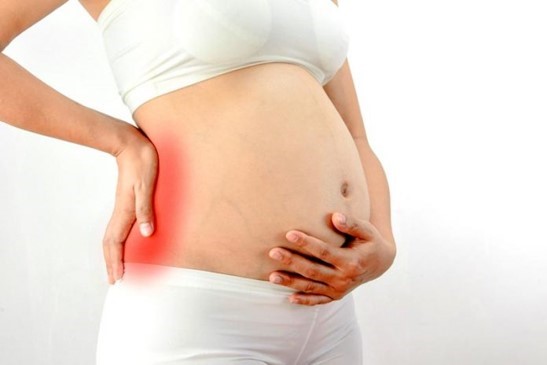During pregnancy, the body changes to help accommodate and create a nourishing environment for the baby to grow. Changes involve lax or loose ligaments in preparation for delivery, which peaks in the second trimester and can lead to aches and pains around the body – such as back pain. Other issues that may arise during pregnancy involve the pelvic floor and can present as incontinence or prolapse. Weight gain is common as well as the development of gestational diabetes which could lead to many more potential complications.
It is important during and after pregnancy to maintain a healthy lifestyle involving regular physical activity individualised to you. Joint and muscle pain from carrying the extra weight, which can be addressed with exercise, education and other hands on treatments can be provided by a Physiotherapist.
It is recommended that during pregnancy, unless medically contraindicated, you should complete at least 150min/week of light to moderate intensity physical activity to obtain health benefits and minimize complications – with more physical activity linked with greater benefits. It is suggested that a combination of aerobic and resistance based exercise leads to the greatest benefits and this should be completed on no less than 3 days/week, ideally completing some kind of exercise daily.
These levels of activity should be gradually achieved as it is not practical to go straight to 150min/week of exercise if you are not accustomed to it. Obtaining a personalised exercise program from your physiotherapist is important as they can guide you through your pregnancy and offer different safe exercise options.
If you are currently going through pregnancy or have just completed one, It’s not too late as many complications can occur or remain after the delivery of your child such as separation of your abdominal muscles, on-going aches and pains, gestational diabetes etc. With every full-term childbirth the abdomindals seperate and usually self-resolves after a couple of weeks of birth while avoiding heavy lifting. In some cases it can also pose a problem if the healing isn’t complete and must be addressed by specific exercises. Education and techniques on positions to feed your baby and ways to carry them may help avoid issues commonly seen in the back and wrists also. Let us help you achieve your post-partum goals!
Cherni Y, Desseauve D, Decatoire A, Veit-Rubinc N, Begon M, Pierre F, Fradet L. Evaluation of ligament laxity during pregnancy. J Gynecol Obstet Hum Reprod. 2019 May;48(5):351-357. doi: 10.1016/j.jogoh.2019.02.009. Epub 2019 Feb 20. PMID: 30794956.
Mottola MF, Davenport MH, Ruchat S, et al. 2019. Canadian guideline for physical activity throughout pregnancy. British Journal of Sports Medicine 2018;52:1339-1346.
Borg-Stein, J., & Dugan, S. A. (2007). Musculoskeletal disorders of pregnancy, delivery and postpartum. Physical medicine and rehabilitation clinics of North America, 18(3), 459-476.

